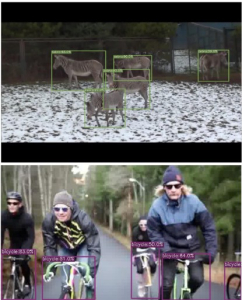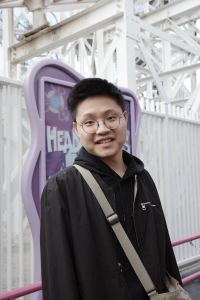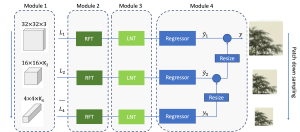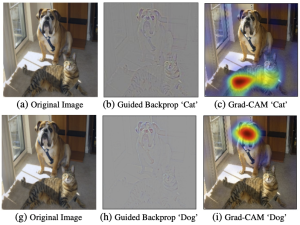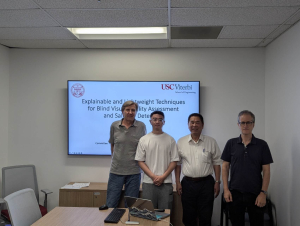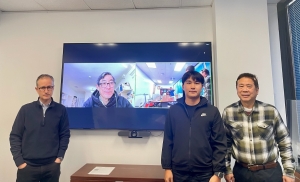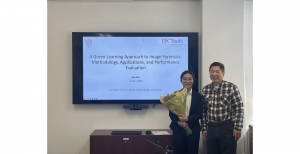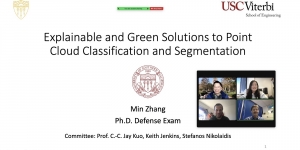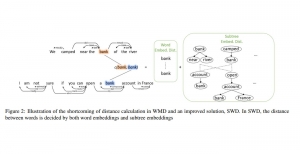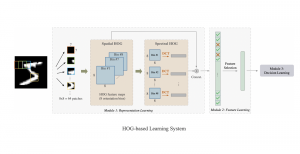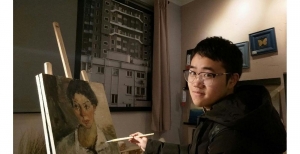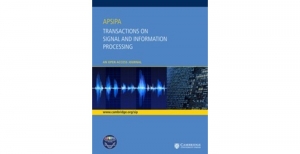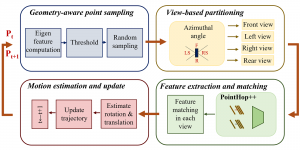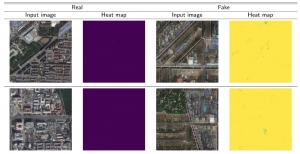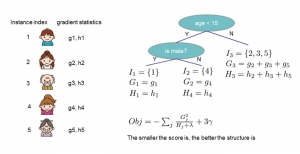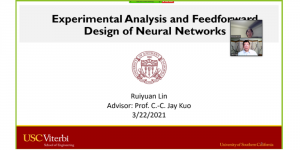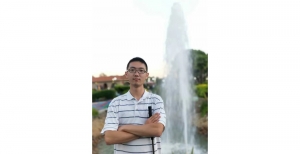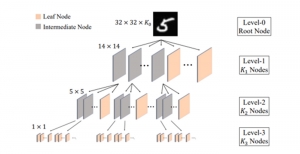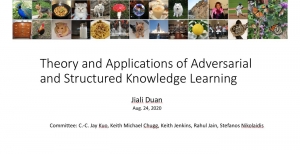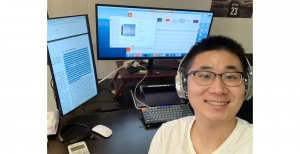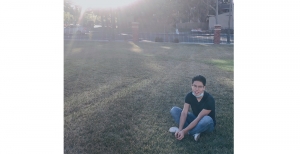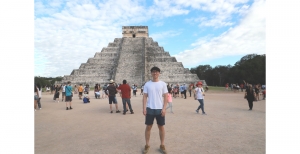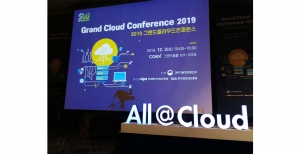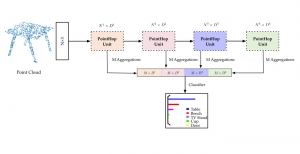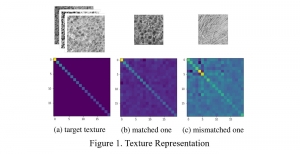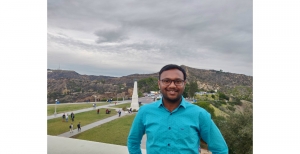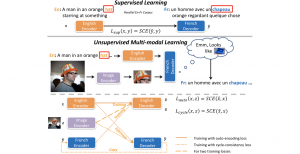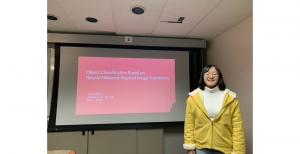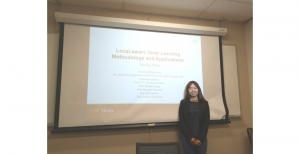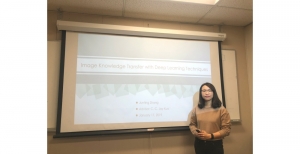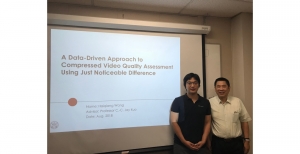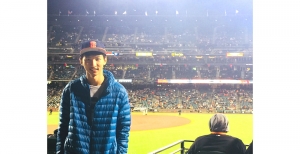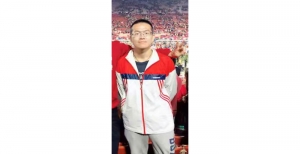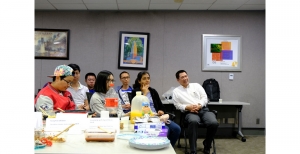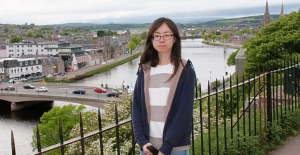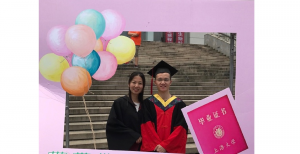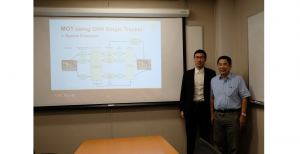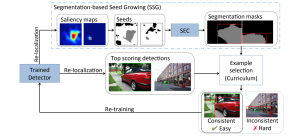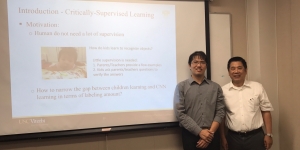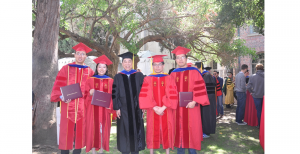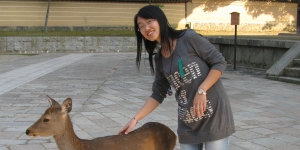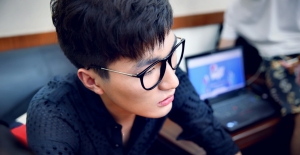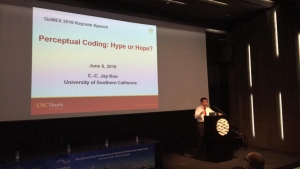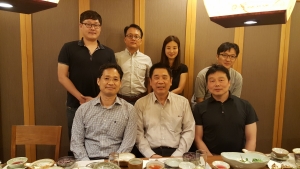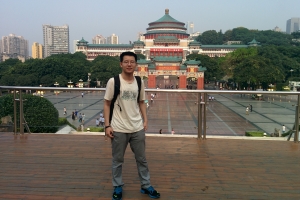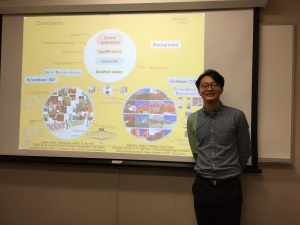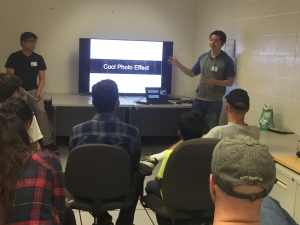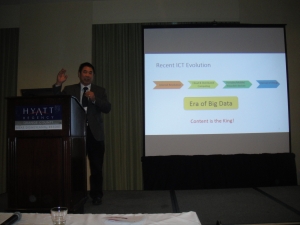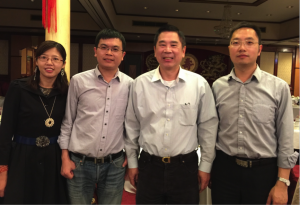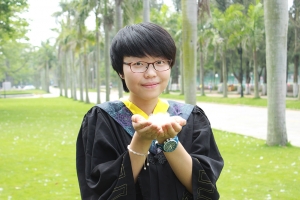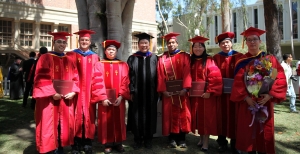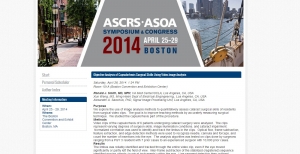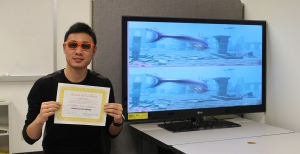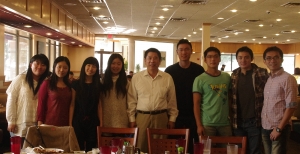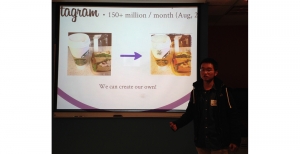Media Communications Lab Begins Research Projects with Google Glass
Google Glass provides a great foundation for developing various Computer Vision algorithms and applications. Our group is now actively working on a number of different problems and has several pending algorithms to be implemented on this exciting platform.
One objective is to perform landmark recognition, object recognition, and facial recognition. These applications can help people in numerous aspects of their lives, ranging from tourist navigation to hardware training. With object detection and augmented reality, we can provide tools to train junior engineers with visual instruction instead of verbal guidance. We believe this could effectively improve the quality of training while reducing its cost.
Google Glass is also a promising venue in the application of information retrieval. In an ideal scenario, Glass would be able to pull up information on whatever the viewer sees. Traveling to a new place would mean automatically recognizing it and displaying pertinent local information, such as nearby restaurants or places of interest. Catching a glimpse of a movie poster would allow instant identification of the movie and an option to play the trailer. There are no limits in application, but important challenges exist throughout the process of recognition, retrieval, curation, and display of such content.
One final computer vision application our group is particularly interested in is visual saliency detection, which tries to detect where humans look in an image or video. Automated visual saliency detectors attempt to extract the regions that humans are interested in and are a fundamental process for many other computer vision applications, such as object detection and image retrieval. While Glass has no tracking of the human eye, it does provide an insight into this problem by capturing the motion of a person’s gaze as it turns to objects that might be of interest. This new crowd-sourced approach to the problem has great potential in providing insights for classical visual saliency algorithms.
Share This Story, Choose Your Platform!
About the Author: Chun-Ting Huang

Thesis Title: Facial Identity Recognition and Attribute Classification Using Machine Learning Techniques, January 2017.
Employment: Qualcomm, San Diego, CA, USA
The 138th PhD from MCL









